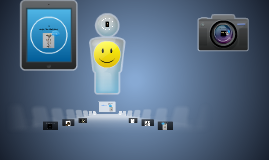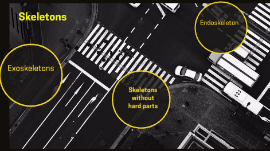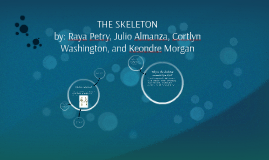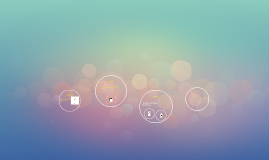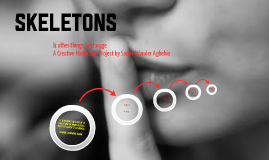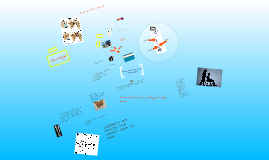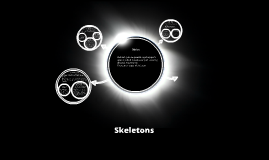Skeletons
Transcript: This is the simplest type of skeleton It consists of fluid in a cavity surrounded by muscle When muscles in a certain direction contract, the fluid -filled cavity bulges out in the opposite direction Molluscs and corals Insects and crustaceans Skeletons Skeletal systems provide rigid supports against which muscles can pull, creating directed movements. There are 3 types of skeleton Exoskeletons Endoskeletons Insects and crustaceans have a chitinous exoskeleton Chitin is a strong, flexible, nitrogenous polysaccharide which protects against wear and tear and prevents drying out. Plates of exoskeleton or cuticle, cover all the outer surfaces of the arthropods body and all its appendages. The plates are secreted by a layer of cells just below the exoskeleton. A waxy coating covers the whole body, preventing the animal from drying out. The inner cuticle forms most of the structure, made of protein and chitin. In marine crustaceans the endocuticle is further toughened by insoluble calcium salts. The thickness of the exoskeleton varies and can form a protective armour. Axial and appendicular Endoskeletons do not provide the protection that exoskeletons do, but their advantage is that the bones continue to grow and because the bones are inside the body, the body can enlarge without shedding its skeleton. The worms body is divided into segments. The body wall has two layers: one arranged in circles around the body, the other running lengthways A closed compartment in each segment of the worm is filled with fluid. If the circular muscles contract, the compartment narrows and elongates. If the longitudinal muscles contract, the compartment bulges outward. Alternating contractions of circular and longitudinal muscles causes waves of narrowing and widening, lengthening and shortening that travel down the body. The bulging segments anchor the body as the narrowing segments project forwards and longitudinal contractions pull other segments forward. The alternating waves of contraction allow the worm to move through the soil The biggest drawback of an exoskeleton is that it cannot grow. Therefore, if the animal is to become larger, it must moult, shedding its exoskeleton and forming a new, larger one. During moulting, the animal is vulnerable until the new exoskeleton becomes hardened. The animals body is temporarily unprotected and without the firm exoskeleton against which the muscles can exert tension, the animal is unable to move rapidly To extend its body and tentacles, the anemone closes its mouth and constricts muscle fibres arranged in circles around its body Contraction of these circular muscles puts pressure on the liquid in the body cavity and that pressure forces the body and tentacles to extend If alarmed, the anemone retracts its tentacles and body by contracting longitudinal muscle fibres in the body wall and tentacles The body of the sea anemone is filled with sea water Earthworms use their hydrostatic skeleton to crawl Hydrostatic skeleton Advantage or disadvantage? Vertebrates have an endoskeleton, made of bone and cartilage, which grows with the animal. Endoskeletons do not limit the space available for internal organs and they support greater weight. Skeletons Moulting The vertebrate skeleton is divided into an axial skeleton, which includes the skull, vertebral column and ribs and an appendicular skeleton which includes the pectoral girdle, pelvic girdle and bone of the legs and feet An exoskeleton is a rigid, hardened outer surface to which internal muscles can be attached. Contractions of these muscles cause jointed segments of the exoskeleton to move relative to each other. The exoskeleton of molluscs and corals is made of calcium carbonate In molluscs the shell grows as the animal grows and growth rings are visible on the shell The soft parts of the body have a hydrostatic skeleton used in locomotion; the exoskeleton provides protection






